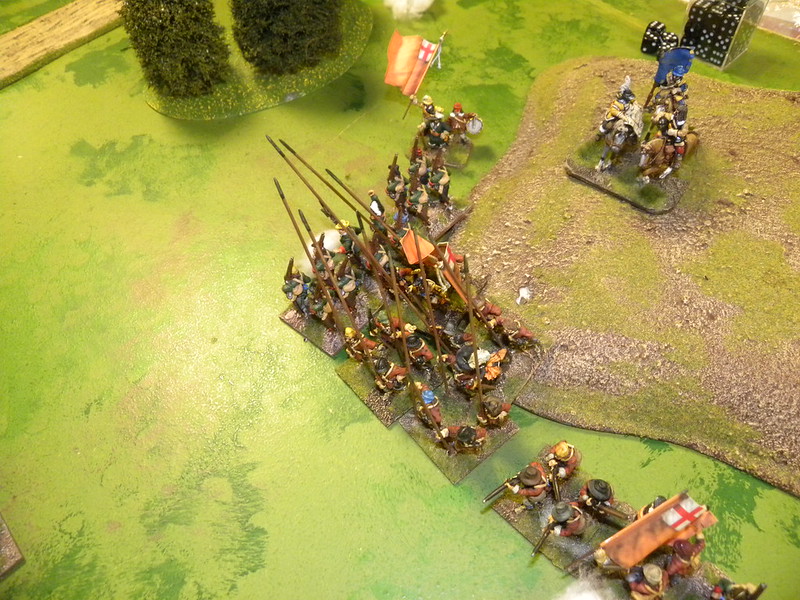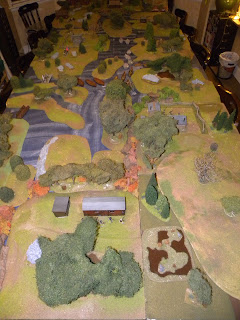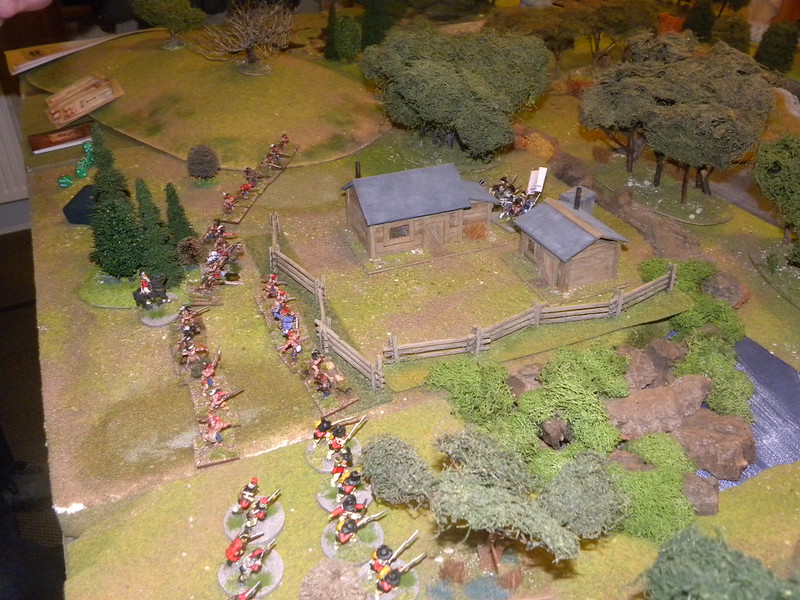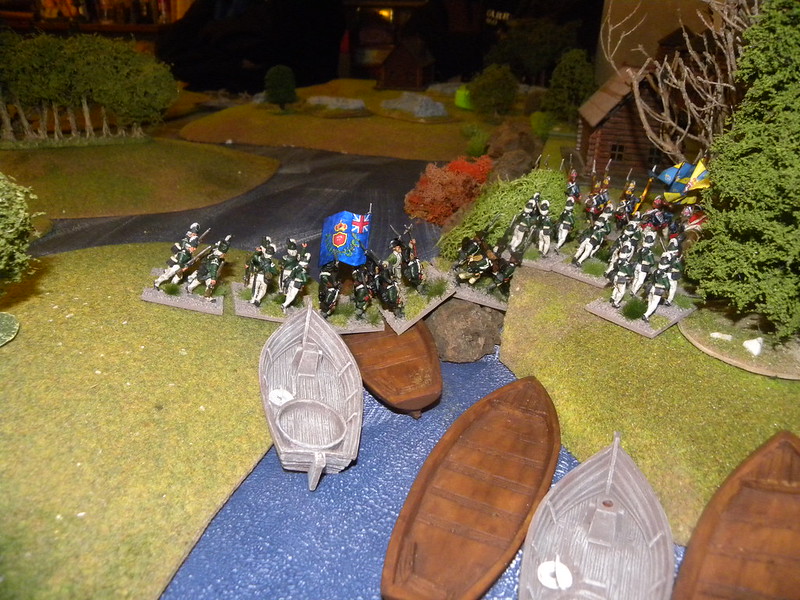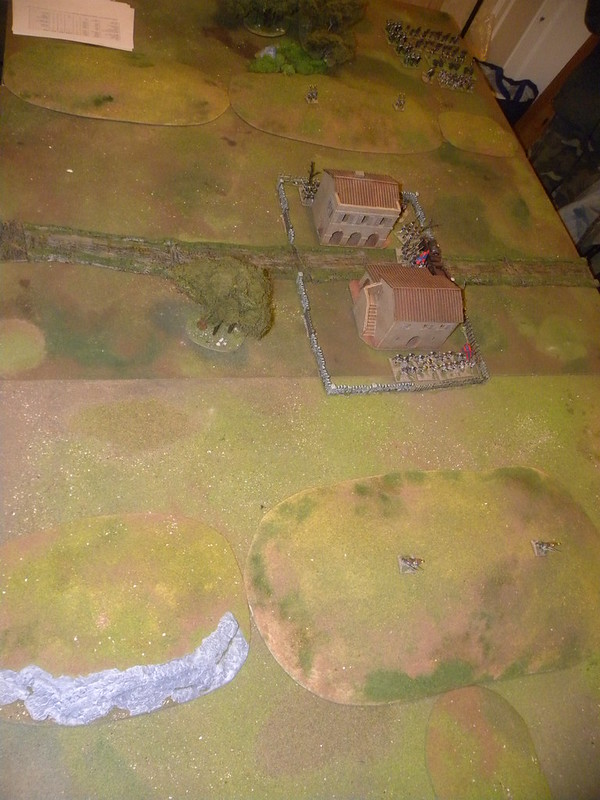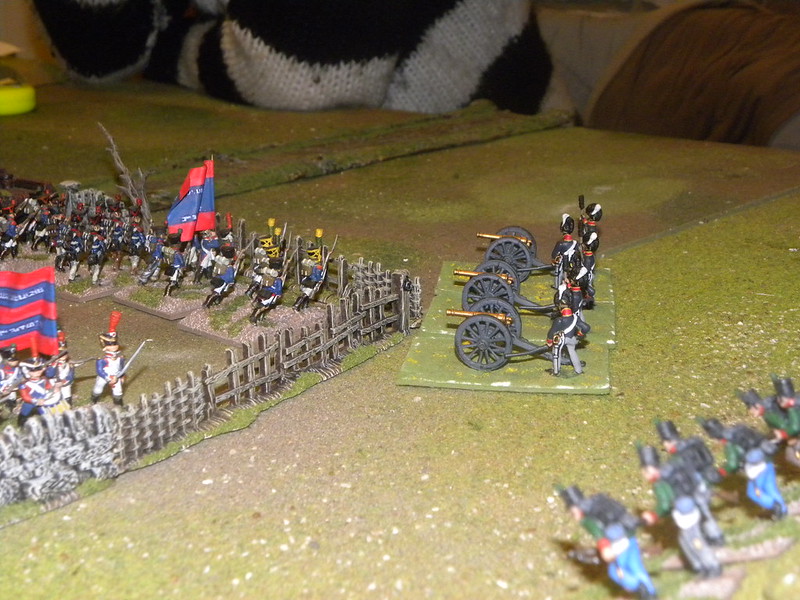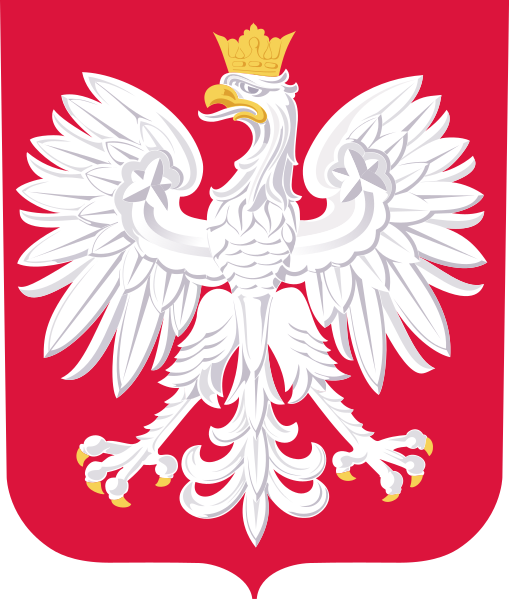This
Thursday we played a game at Hugh Wilson, using the Bolt
Action rules. We used for the scenario the
events, which took place in the Ardennes in 1940. I was a debut for
vehicles and figures from the collection of Campbell Hardie. Hugh
prepared the table (12'x4 '). The rest of the figures ware provided by Colin Jack.
W ten czwartek
rozegraliśmy u Hugh Wilsona grę z użyciem zasad Bolt Action.
Za scenariusz posłużyły nam wydarzenia z 1940 roku, które
rozegrały się w Ardenach. W tej grze zadebiutowały pojazdy i
figurki z kolekcji Campbella Hardiego. Stół to dzieło Hugha
(12'x4'), reszta figurek pochodziła z kolekcji Colina Jacka.
 |
| The battlefield. Pole bitwy. |

In our game, Germans (elements of the 7th Armoured
Division - Martin Gibson, Donald Adamson and Hugh) had to break
throught the winding and narrow roads in the Ardennes in order to
encirclement the Allied armies in Belgium.
Defendi of the main road was in Belgian hands (Bill Gilchrist and
myself), which were to be supported by advancing French forces (Colin
and Campbell). The Allies decided to at any cost to delay the Germans
march along the road, therefore they left some blocades on the road
at the resistance points, to stop the aggressors, and to give the
French more timefor the arrival of their forces. Belgians have shown
exceptional courage, but their forces were successively eliminated
by the stronger and better armed Germans. Belgian sacrifice gave the
French time to arrive and join the main Belgians forces and
effectively stop the Germans advance. Germans call for the air
support, but not helps at all and the game ended with the Allies
minor victory, because Germans would not be able to break the French
and Belgian defense on the road.
W naszej grze Niemcy
(elementy 7. Dywizji Pancernej – Martin Gibson, Donald Adamson i
Hugh) musieli przedrzeć się swoimi siłami przez kręte i wąskie
drogi w Ardenach aby później wyjść na tyły wojsk alianckich.
Obrona drogi spoczęła w rękach sił belgijskich (Bill Gilchrist i
ja), które miały być wsparte nadciągającymi siłami francuskimi
(Colin i Campbell). Alianci postanowili za wszelką cenę opóźnić
marsz Niemców, w tym celu na drogach pojawiły się blokady, które
miały zatrzymać agresorów w kolejnych punktach oporu i dać
Francuzom czas na przybycie ze swoimi siłami. Belgowie wykazali się
tutaj wyjątkową odwagą, jednak ich punkty obrony były kolejno
likwidowane przez silniejszych i lepiej uzbrojonych Niemców. Dało
to jednak czas Francuzom na przybycie do głównch sił belgijskich i
skuteczne powstrzymanie Niemców, których ruch został poważnie
utrudniony. Niemcom nie pomogło również wsparcie lotnicze i gra
zakończyła się minimalnym zwycięstwem Aliantów, ponieważ Niemcy
musieli by jeszcze mocno się natrudzić, aby przełamać obronę sił
francusko-belgijskich.
 |
Henschel Hs 123
|
 |
| The French. Francuzi. |
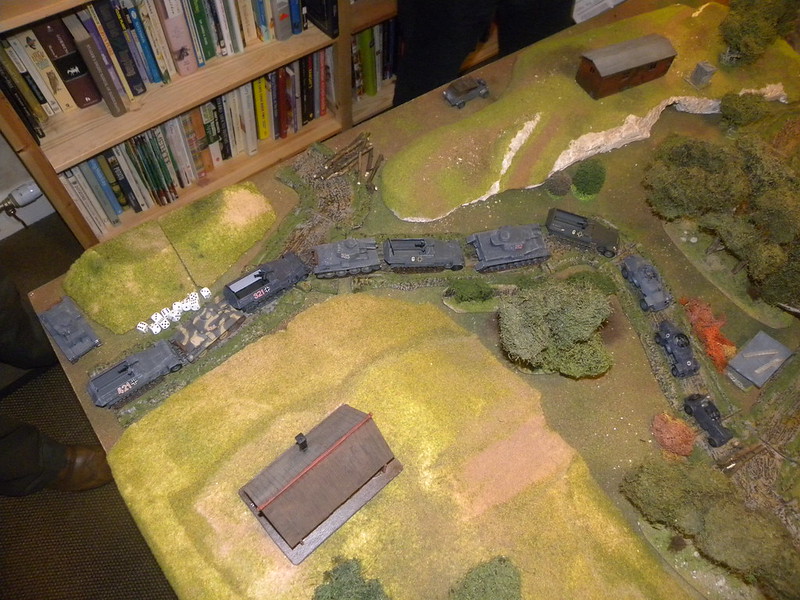 |
| The Germans. Niemcy. |
More
photos from the game can be viewed at this link (click here).
Więcej zdjęć z gry
możecie obejrzeć pod tym linkiem (
kliknij tutaj).
OdB:
GERMANY:
Main forces:
Commander A/C – Armoured car (7+);
open top; Regular; Recce
Sdkfz 222 – Armoured car (7+); light
autocannon; Regular; Recce
Sdkfz 222 – Armoured car (7+); light
autocannon; Regular; Recce
PzKpfw 38(t) – Light tank (8+); light
AT gun; MMG; Regular
PzKpfw 38(t) – Light tank (8+); light
AT gun; MMG; Regular
PzKpfw 38(t) – Light tank (8+); light
AT gun; MMG; Regular
PzKpfw IV/D – Medium tank (9+);
medium AT gun; MMG; Regular
Infantry HQ – Officer, 2 smg, 2
rifles, medic; Regular; Kubelwagen
Infantry section – Officer, 2 smg, 8
rifles, 1 lmg; Regular; Hanomag
Infantry section – Officer, 2 smg, 8
rifles, 1 lmg; Regular; Hanomag
Infantry section – Officer, 2 smg, 8
rifles, 1 lmg; Regular; Hanomag
Engineer section – Officer, 11
rifles; Veteran; Hanomag
Luftwaffe liaison – Officer, radio
op.; Regular; VW Van
Reinforcements (not used in the
game):
Infantry HQ – Officer, 2 smg, 2
rifles, medic; Regular; Kubelwagen
Infantry section – Officer, 2 smg, 8
rifles, 1 lmg; Regular; Truck
Infantry section – Officer, 2 smg, 8
rifles, 1 lmg; Regular; Truck
Infantry section – Officer, 2 smg, 8
rifles, 1 lmg; Regular; Truck
Pzkpfw II – Light tank (8+); 2 MMG;
Regular
PzKpfw IV/D – Medium tank (9+);
medium AT gun; MMG; Regular
Air support:
Henschel Hs 123
BELGIUM:
Group I (Bill)
Force HQ – Officer, 2 rifles, light
AT gun with 3 crew
Infantry section – Officer, 7 rifles,
LMG, ATR; Veteran
Mortar section – 3 crew; medium
mortar; Veteran
AT Gun section – 3 crew; Veteran
Group II (Bart)
Infantry section – Officer, 6 rifles,
LMG; Inexperienced
Infantry section – Officer, 8 rifles,
LMG; Regular
MMG section – 3 crew; Regular;
AT Gun section – 3 crew; Regular
T15 tank – Light tank; light
autocannon; Regular
FRANCE:
Force HQ – Officer, SMG, 2 rifles,
medic; Regular
Char B1 tank – Medium tank (9+),
light AT gun, light howitzer, MMG; Inexperienced
Somua S35 tank – Medium tank (9+);
medium AT gun, MMG; Inexperienced
Somua S35 tank – Medium tank (9+);
medium AT gun, MMG; Inexperienced
Infantry section – Officer, 10
rifles, LMG; Regular; Motorised
Infantry section – Officer, 10
rifles, LMG; Regular; Motorised
Infantry section – Officer, 10
rifles, LMG; Regular; Motorised
75mm gun + tow – 3 crew; light
howitzer, Regular
25mm gun + tow – 3 crew; light AT
gun; Regular













